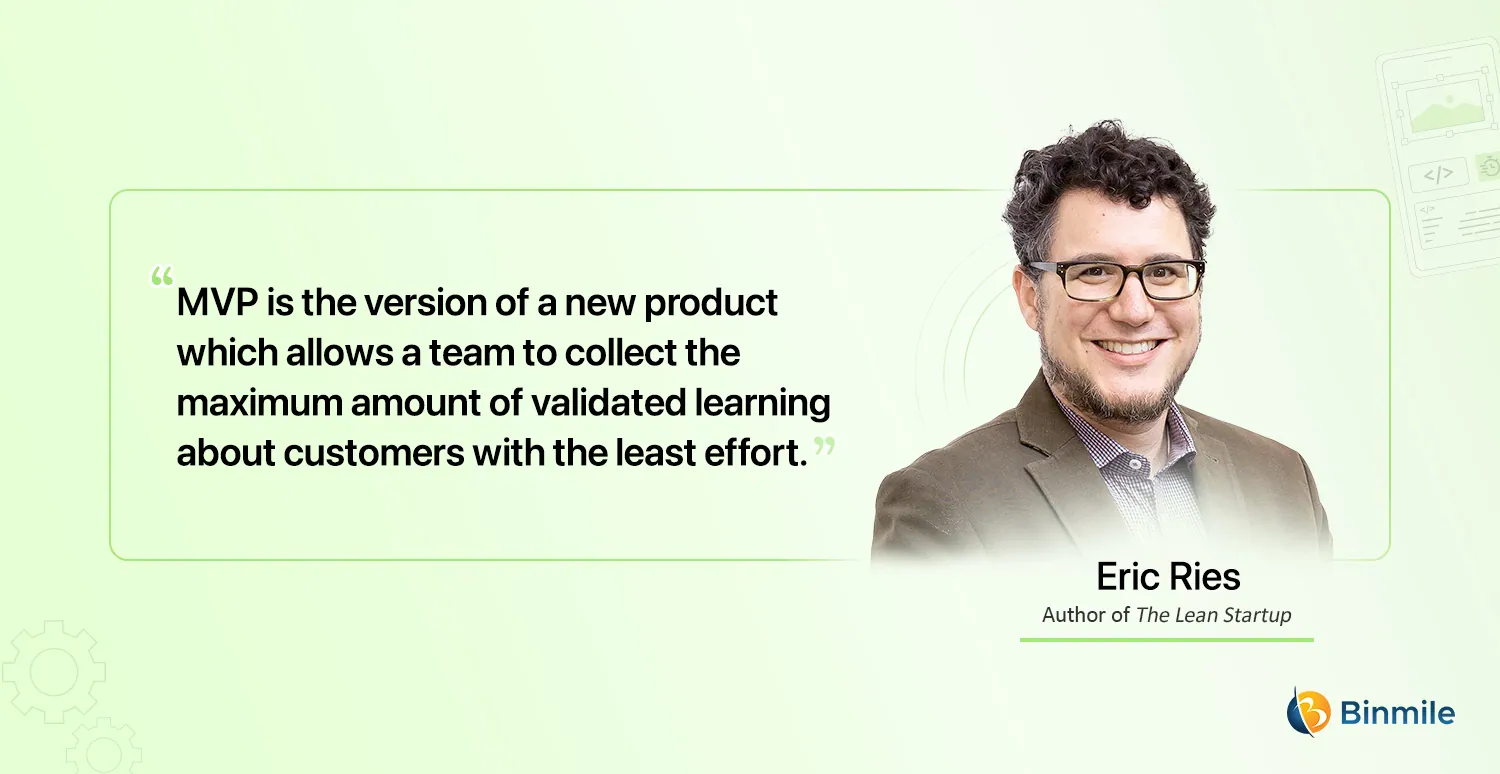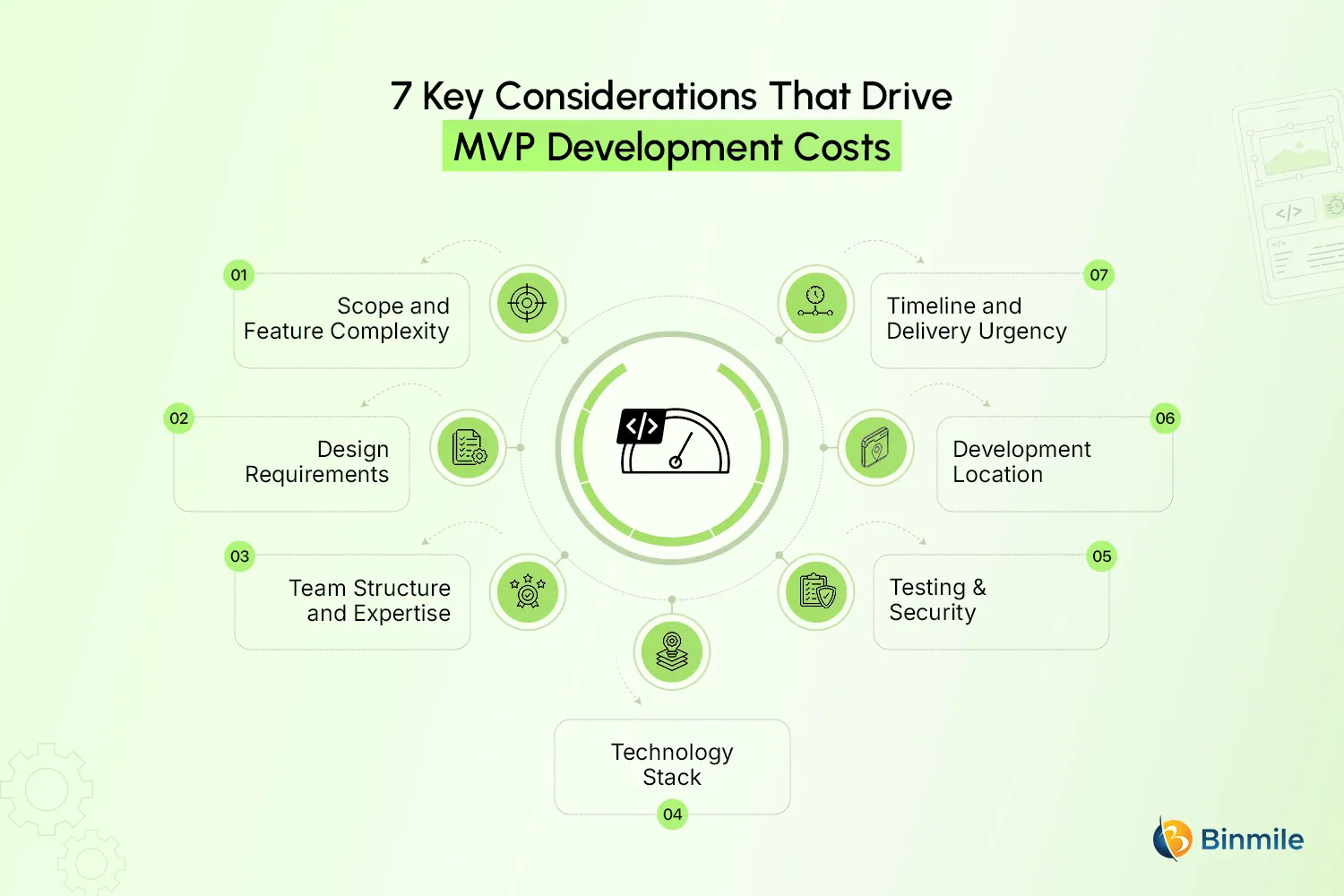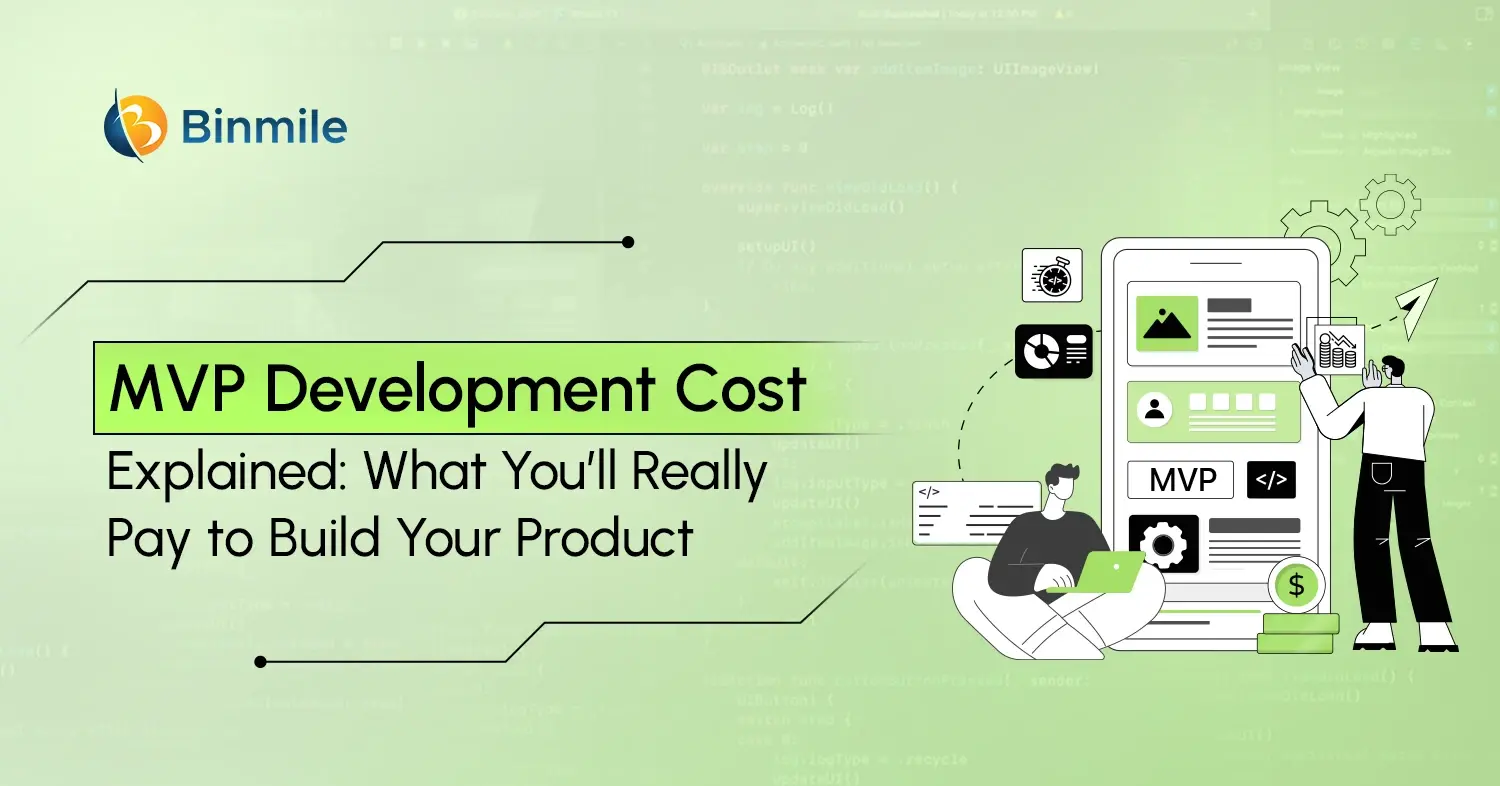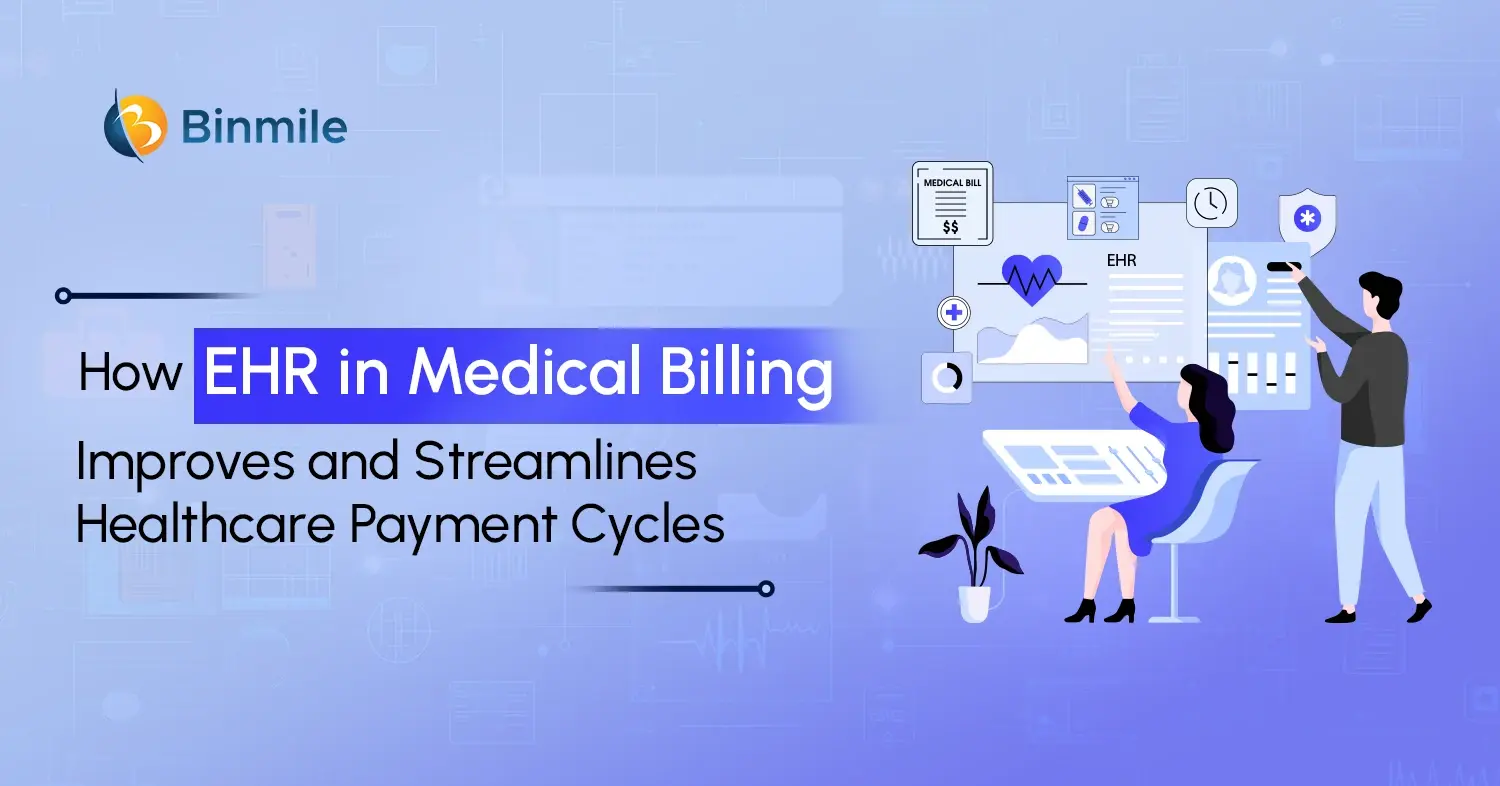MVP app development has changed the way startups bring new ideas to market. Instead of building a full product from day one, businesses now launch with just the core features, saving time, reducing cost, and lowering risk. That’s why MVP development cost has become such a key focus for early-stage founders and product teams. The idea is simple: build fast, test early, and improve based on real user feedback, whether it’s a grocery delivery app or a basic web platform to gauge demand. In fact, most successful tech products you see today, such as Uber, Airbnb, and even Instagram, started as MVPs.
But while MVPs are cost-effective by design, the actual cost to build an MVP can often vary more than most people expect. It depends on what you’re building, its complexity, who’s creating it, and where your team is based. And if you don’t plan carefully, you could end up overspending before your product ever reaches users. So, what exactly influences the cost of building an MVP app? So, what goes into defining the MVP cost? In this blog, we’ll break down the core factors that shape your budget and help you plan smarter before you build.
What is MVP Development & Why Does it Matter?

The minimum viable product, or MVP, is the simplest version of a digital product that has the lowest risk to your budget and business. Usually, it has the essential feature and launches immediately to receive valuable input from users and start getting payback early on. This helps companies to assess market interest in your product and, based on the feedback, you make improvements, scale back, or add extra features to make the product marketable.
5 Benefits of MVP Development
- Launches core functionality quickly to validate demand.
- Minimizes upfront investment by focusing on essential features.
- Enables early user insights to guide future iterations.
- Reduces the chance of building unwanted or unused features.
- Establishes a lean base for future enhancements and growth.
How Much Does It Cost to Build an MVP: Costs With 7 Key Factors to Know
The MVP development cost depends on several key factors, including app features, tech stack, and whether you opt for in-house development or outsource it to a software product development company. However, on average, an MVP cost can be somewhere between $10,000 to $150,000 or more. So, let’s understand the essential factors that may influence your decision to create an MVP app for your projects.

1. Scope and Feature Complexity
The number and type of features define the size of your MVP. Simple MVPs might include login, profile, and a single key feature. The more features (especially ones like chat, payments, analytics), the higher the app development cost and time.
- Basic (3–5 features): $15,000 to $30,000
- Moderate (6–10 features): $30,000 to $60,000
- Complex (10+ or custom logic): $60,000 to $100,000+
2. Design Requirements
Design involves layout, user flow, UI responsiveness, and visual polish. Using templates or basic UI saves time. But if you need custom UX, mobile-first design, branding, or interactive elements, it adds to both design and development time, increasing MVP development cost.
- Minimal design/template: $2,000 to $5,000
- Custom UI/UX with responsiveness: $5,000 to $15,000
- Full product design (branding, prototyping, animations): $15,000 to $30,000+
3. Team Structure and Expertise
Who builds your MVP matters; freelancers are cost-effective but may lack accountability. In-house teams offer control but are expensive to maintain. Opting for outsourced mobile app development provides a balance; you get experienced teams, PM support, faster delivery, but at mid-to-high MVP app cost depending on region.
- Freelancer: $10,000 to $25,000
- In-house team (salaries, tools, overhead): $80,000 to $150,000+
- Outsourced agency (2–5 person team): $30,000 to $100,000+
4. Technology Stack
Your tech stack affects the MVP development process and speed, MVP cost, and long-term scalability. Using open-source MVP development frameworks (like React, Flutter, Firebase) reduces cost. AI, blockchain, or licensed third-party tools (e.g., AWS, Azure) add both setup complexity and ongoing usage fees.
- Standard open-source stack: $1000 to $5,000
- 3rd-party APIs (Stripe, Twilio, etc.): $500 to $5,000
- Advanced tech (AI, cloud, proprietary systems): $5,000 to $25,000+
5. Testing & Security
Even MVPs need basic QA testing services to catch bugs and ensure stability. You’ll need manual testing, some automated tests, and security features like encrypted logins or API protection. Heavily regulated industries like MVP apps for FinTech need compliance checks, which can be costlier.
- Manual testing & bug fixes: $2,000 to $5,000
- Automated testing + QA cycles: $5,000 to $10,000
- Security & compliance (GDPR, HIPAA): $5,000 to $15,000+
6. Development Location
Where your team is based drastically changes the MVP development cost. The US, UK, and Australia charge premium rates. Latin America and India offer quality at lower costs. But time zones, communication, and cultural fit also impact speed, feedback loops, and project health.
Here’s a quick table for you to get a clear picture:
| Region | Hourly Rate | Total MVP Cost |
|---|---|---|
| India | $25–$40/hr | $15,000 to $40,000 |
| Latin America | $35–$65/hr | $30,000 to $65,000 |
| UK / W. Europe | $80–$150/hr | $60,000 to $120,000 |
| USA / Canada | $100–$250/hr | $70,000 to $150,000+ |
| Australia | $80–$200/hr | $60,000 to $140,000 |
7. Timeline and Delivery Urgency
Depending on your product development strategy, if you want faster delivery, it requires more developers or parallel teams, which increases costs. A normal MVP might take 3–6 months. If you want it in 4 weeks, expect a 50–100% markup for overtime, rapid iterations, and higher project management overhead.
- Standard pace (3–6 months): No extra cost
- Fast-track (6–8 weeks): +20–50%
- Urgent (under 4 weeks): +50–100%
Bonus Tip: Don’t Forget the Total Cost of Ownership (TCO)
Most discussions about MVP development cost stop at the launch date. But the real cost picture includes what happens after your MVP goes live. Think hosting fees, security patches, bug fixes, third-party integrations, analytics tools, and future feature updates. This is your Total Cost of Ownership or TCO of your digital products, and it can easily add 20–50% to your annual budget. If you account for these early, you’ll avoid surprise expenses and keep your product running smoothly without scrambling for extra funds.
When to Build In-House vs. Hire an MVP Development Services
Deciding how to choose the right MVP development solutions by either building the MVP in-house or hiring a development agency isn’t just about budget. The decision also shapes your timeline, quality, and ability to adapt. Here’s when each option makes the most sense, going beyond MVP development cost.
Choose an MVP Development Agency When:
- You’re Still Validating Your Idea: Suppose your priority is getting a working version of the digital product development in front of real users fast. In that case, an agency can deliver without the overhead of building a whole team, and you get something testable in weeks, not months.
- You Have a Tight Deadline: When investor expectations, competitive pressure, or market timing demand speed, the MVP development partner can assemble a dedicated team immediately and run multiple work streams in parallel.
- You’re Non-Technical: If you lack the technical background to hire, manage, and guide developers, an agency offering product strategy consulting services becomes your ready-made tech partner. You focus on the business while they handle the build.
- You Want Predictable Costs: Custom MVP development agencies typically work with a defined scope, fixed budget, and precise delivery dates. This helps avoid MVP development cost creep and lets you plan your runway with more confidence.
- You Value Proven Experience: A seasoned MVP development partner brings tested processes, design expertise, and engineering know-how, and possesses in-depth experience with different industries and technologies. This reduces the risk of costly mistakes or missed deadlines.
Best Scenarios for In-House MVP Development
- You Already Have a Skilled Team: If you’ve got experienced developers or technical co-founders ready to work, keeping the build in-house can start immediately and avoid external onboarding.
- You Expect Frequent Scope Changes: Products that are likely to pivot rapidly based on feedback can benefit from an internal team that can adapt without formal change requests or contract renegotiations.
- You Want Long-Term Product Control: With in-house development, all technical knowledge stays with your team, giving you full ownership over the product’s direction and architecture.
- You’re Building for the Long Haul: If the MVP is just the first step in a long product roadmap, an internal team can carry the same codebase forward without the need for transition delays.
Closing Remarks on MVP Development Cost
MVP app development has become a crucial step for startups and businesses looking to launch faster, test smarter, and build with intention. From validating user demand to cutting down on unnecessary features, MVPs help companies stay lean and focused. However, understanding and planning for your MVP development cost is just as important as building the product itself. The development process often runs into delays or budget overruns when key cost factors are overlooked. This is why, in this blog, we explained what defines the MVP cost and how each factor can affect the overall cost of MVP development services. We outlined the main elements that impact your budget and shared practical insights to help you prioritize what matters most.
If you want a precise, tailored estimate based on your specific product idea, our MVP experts can walk you through the process. Book a free consultation today to get started and launch faster, smarter, and within budget.









